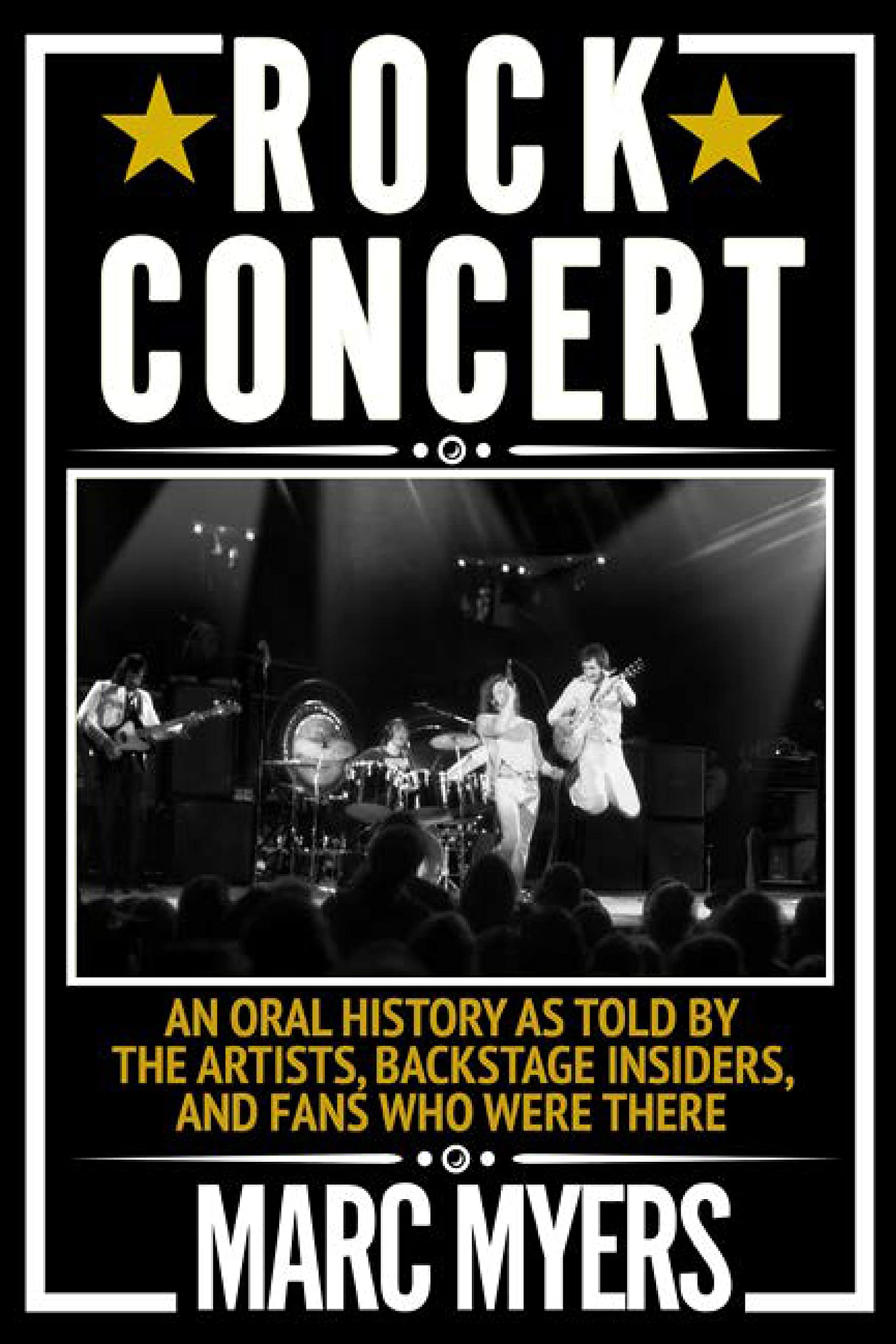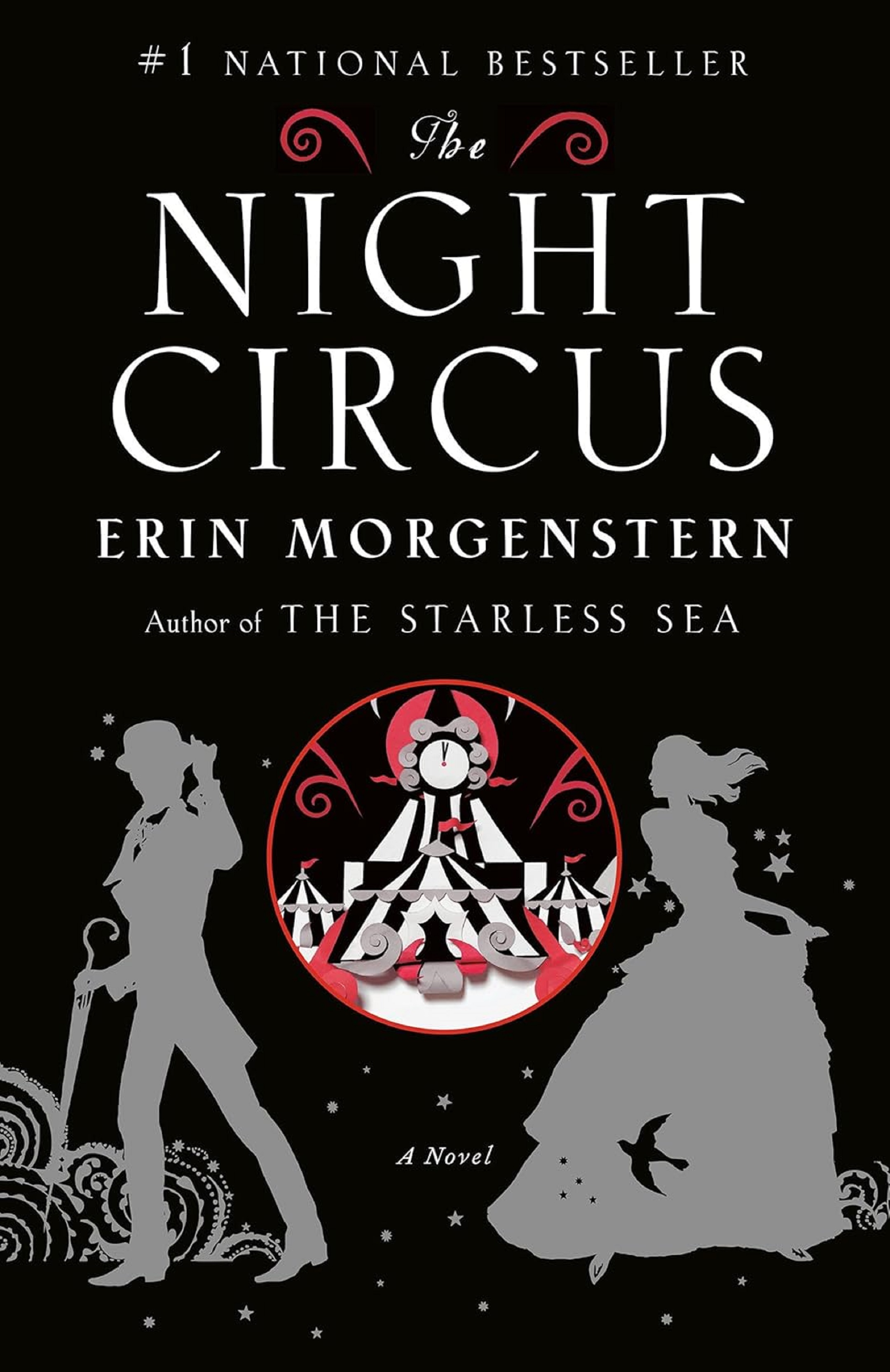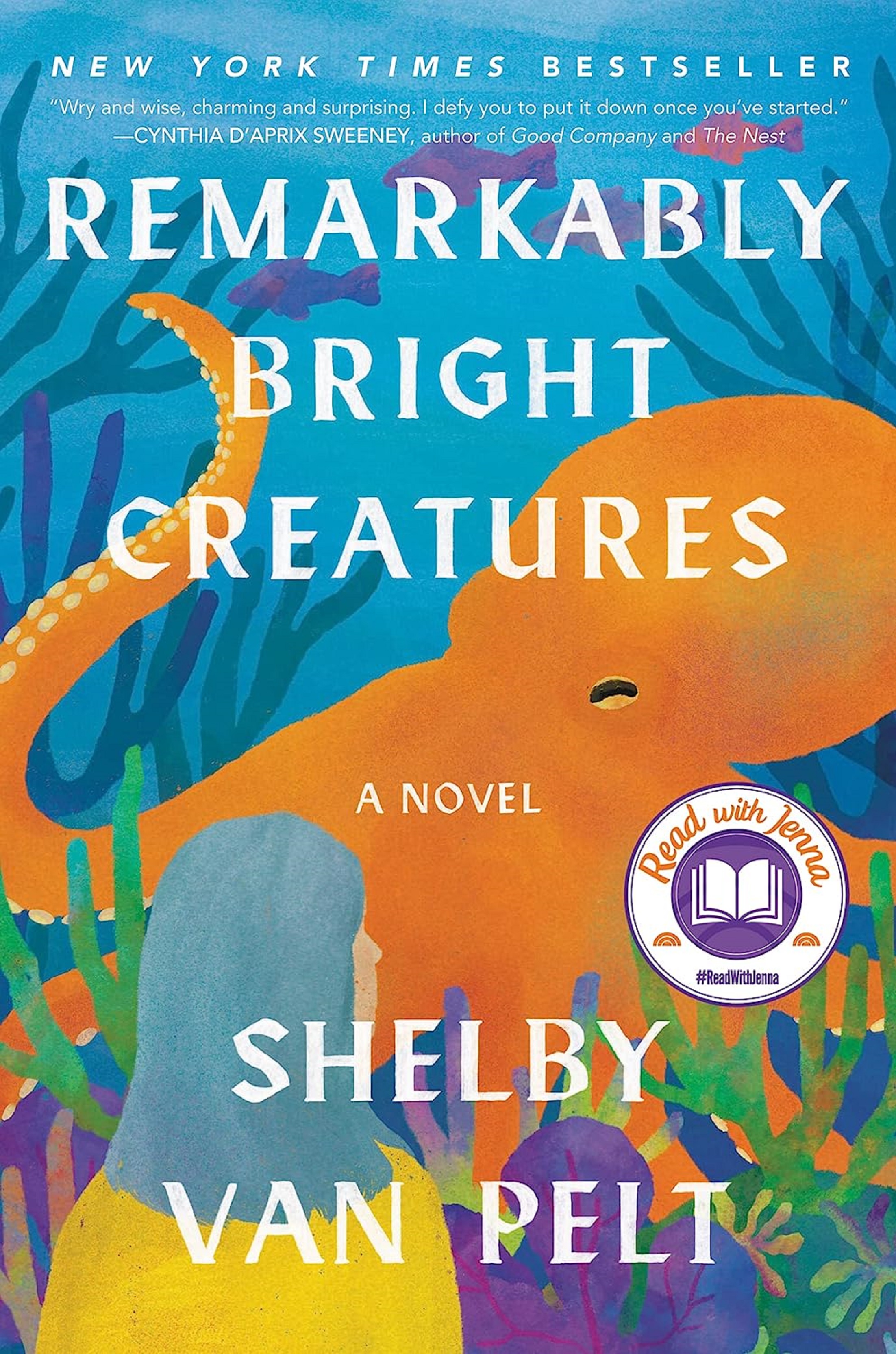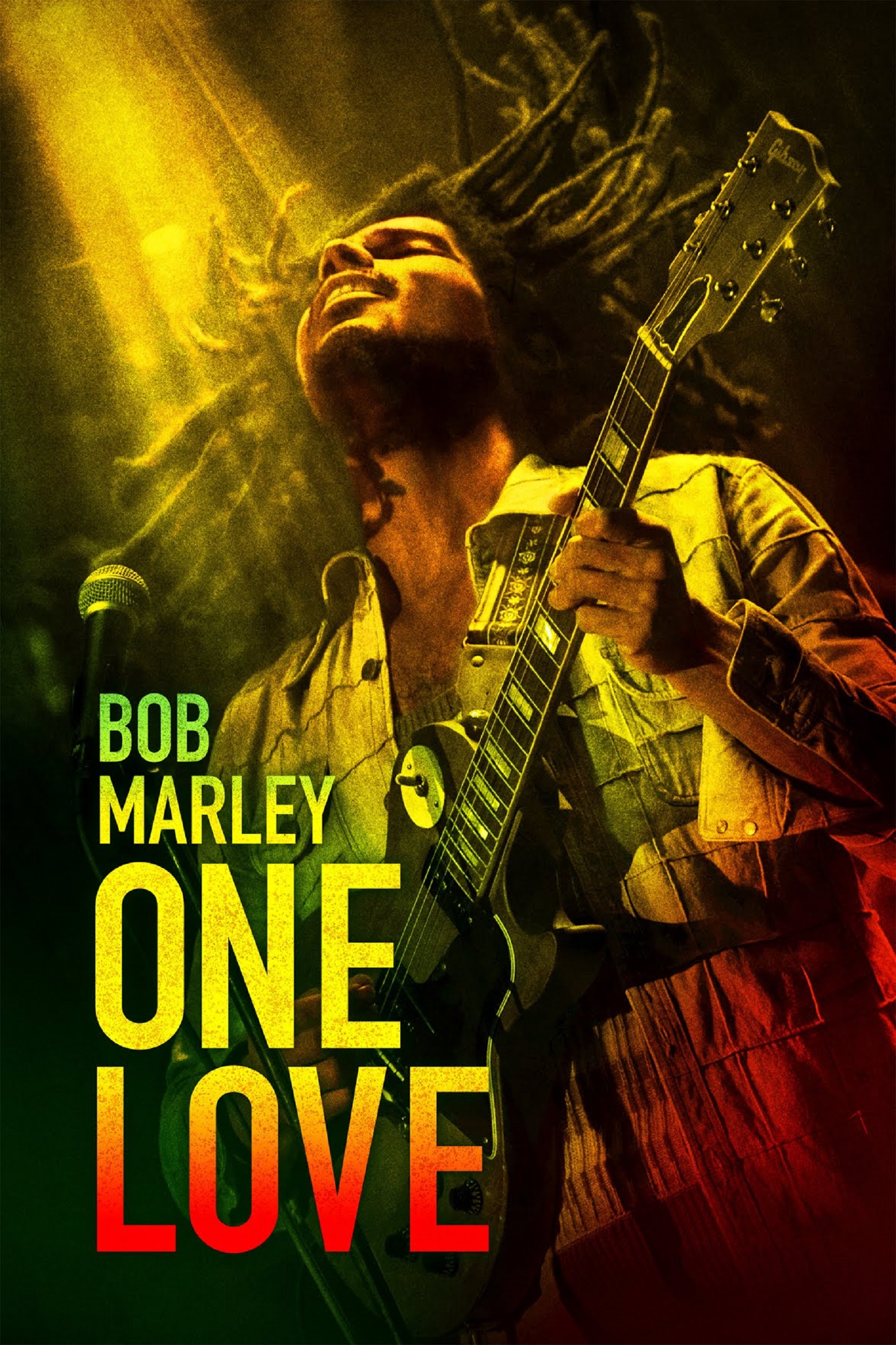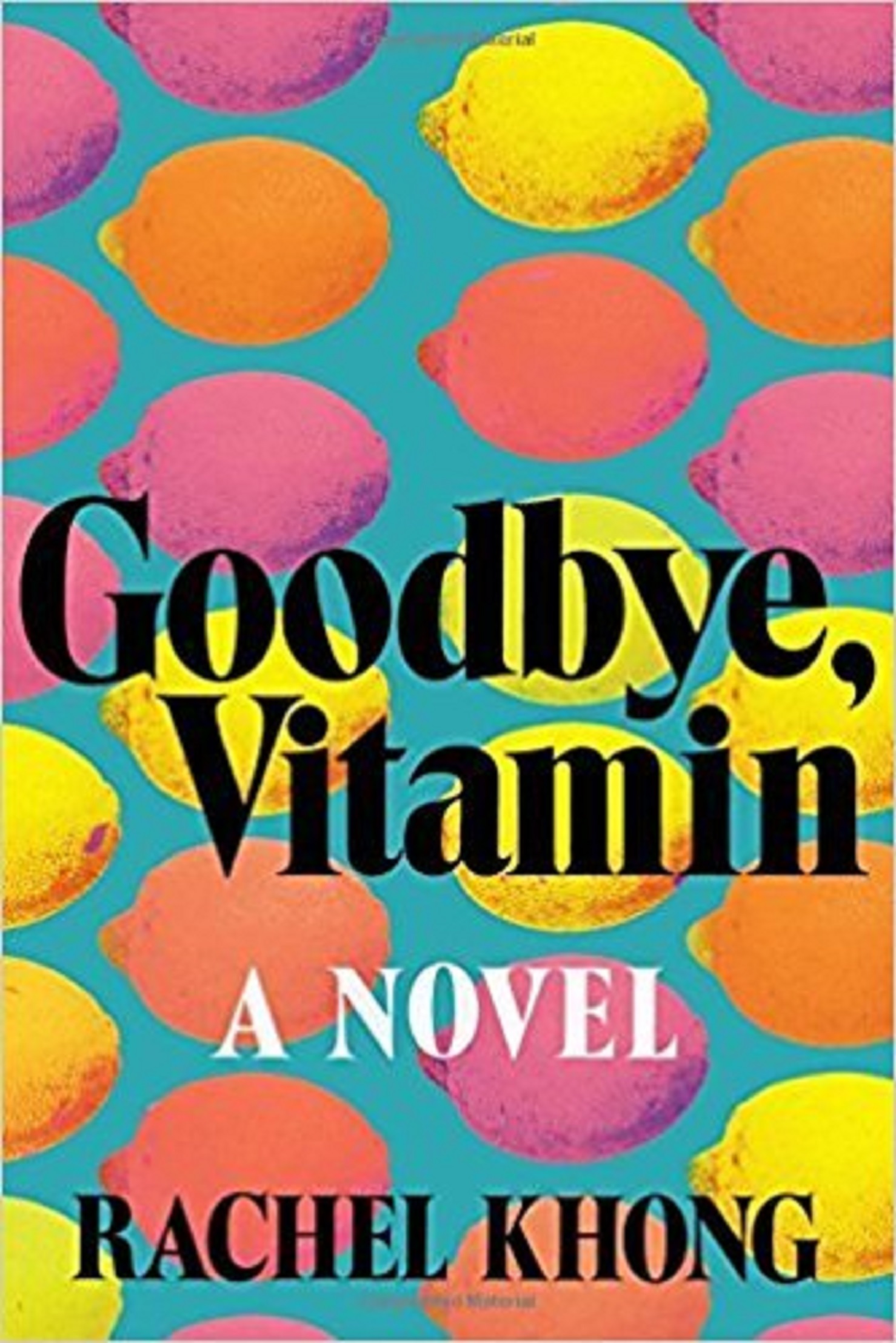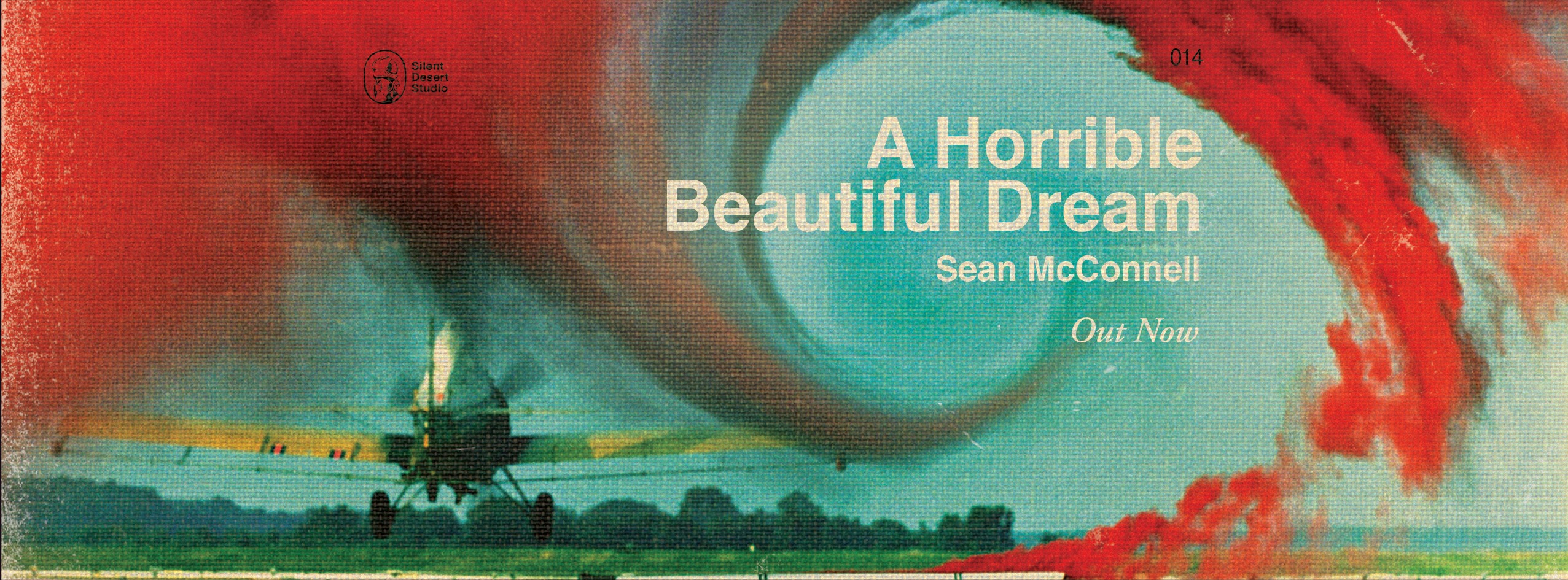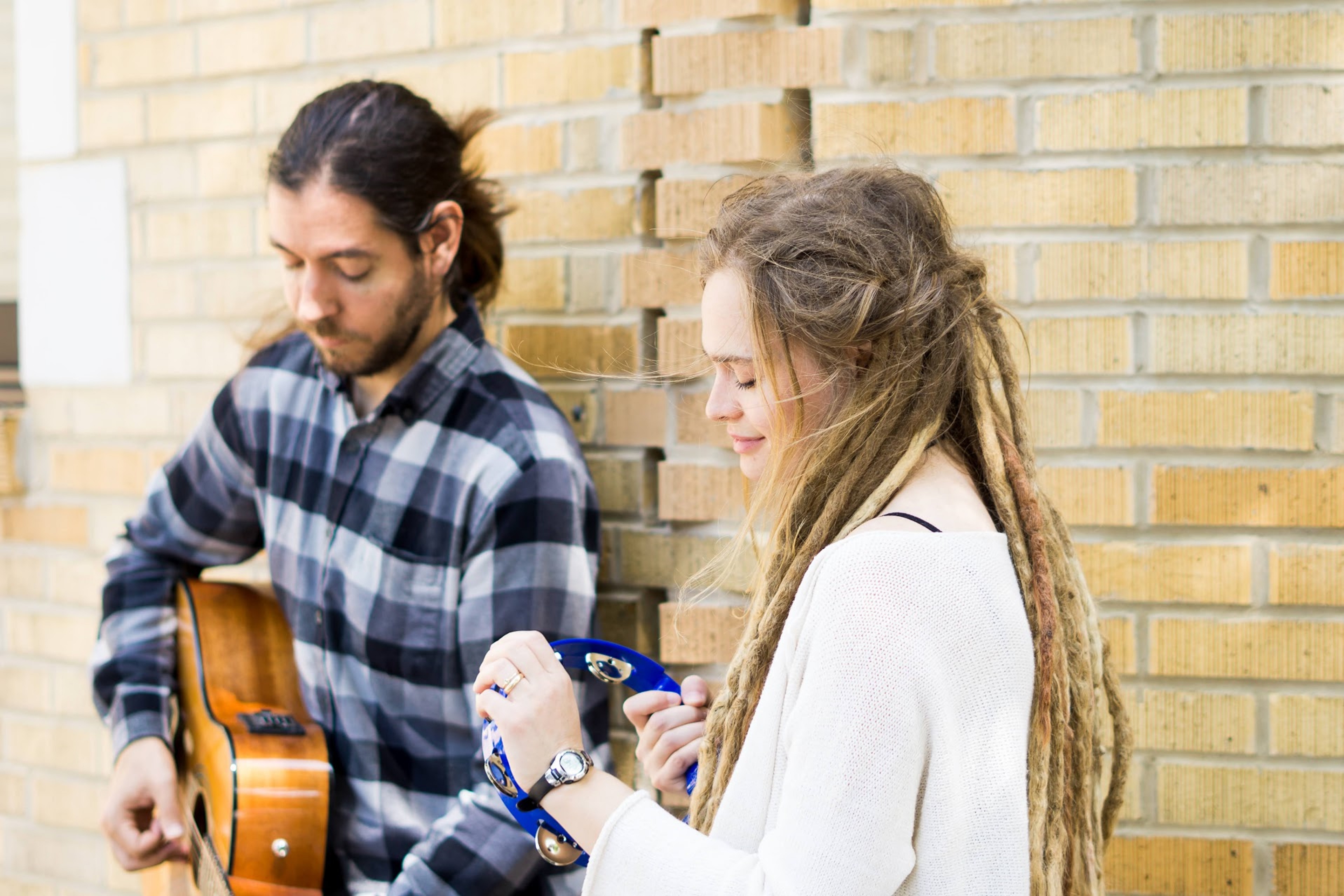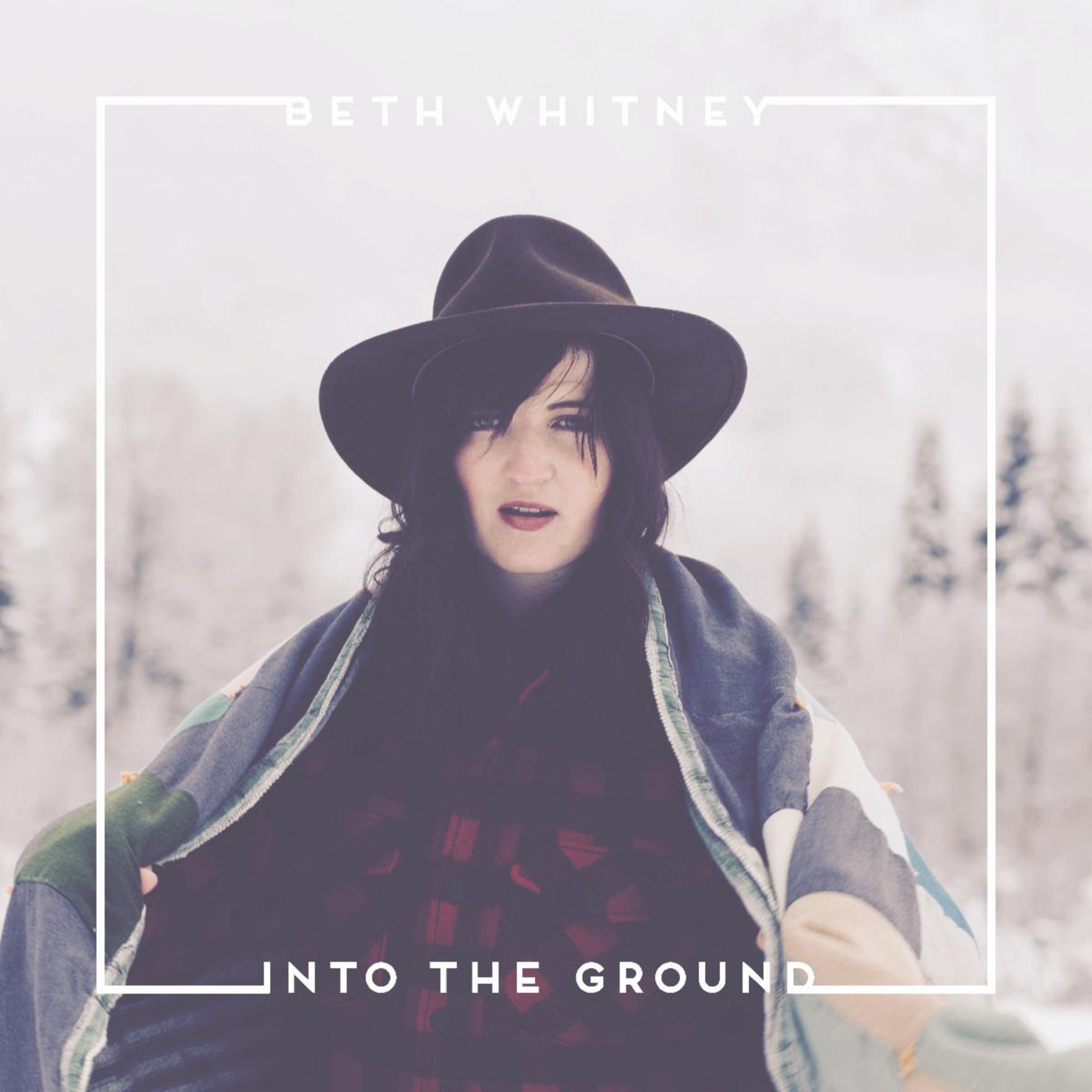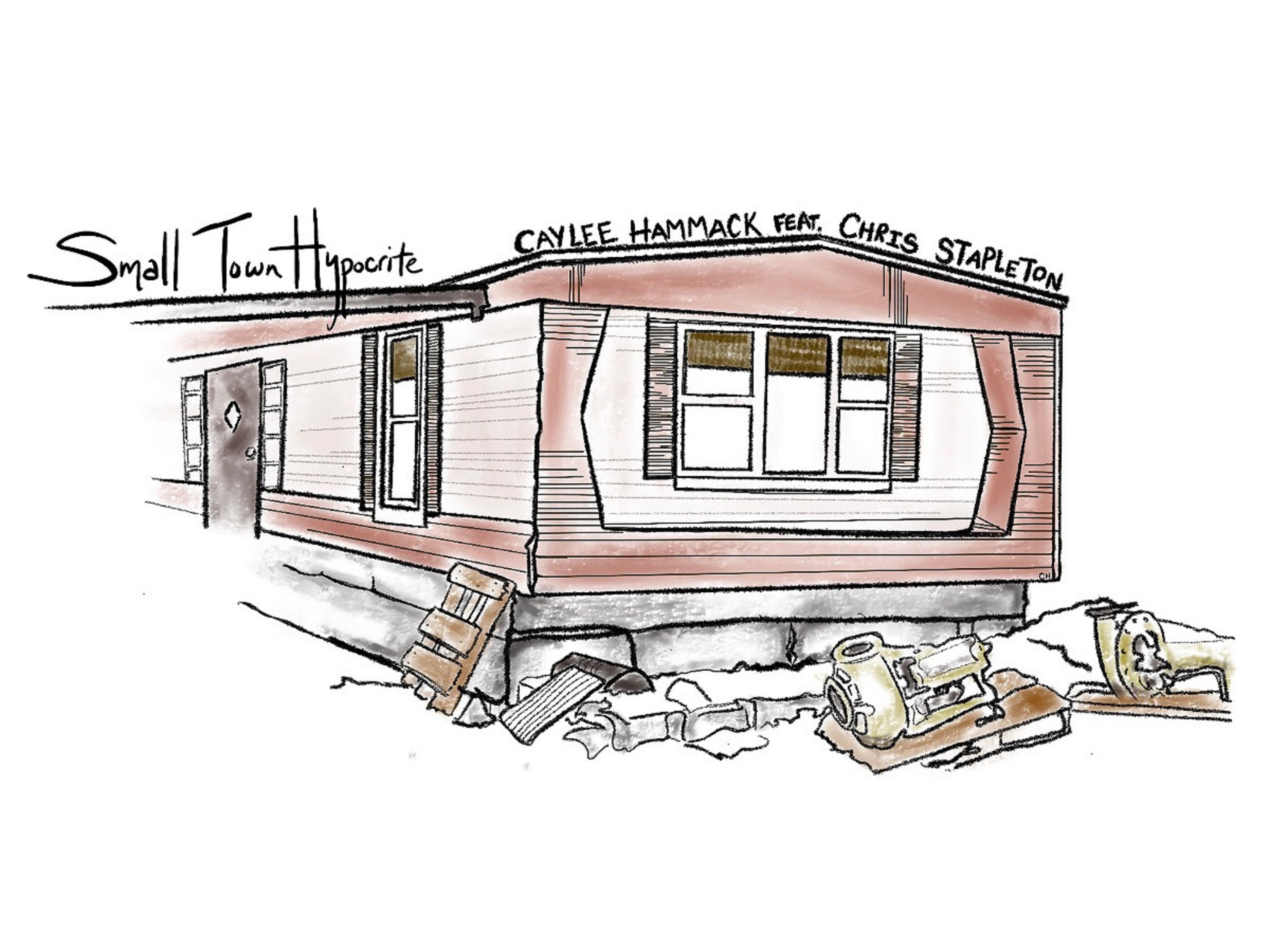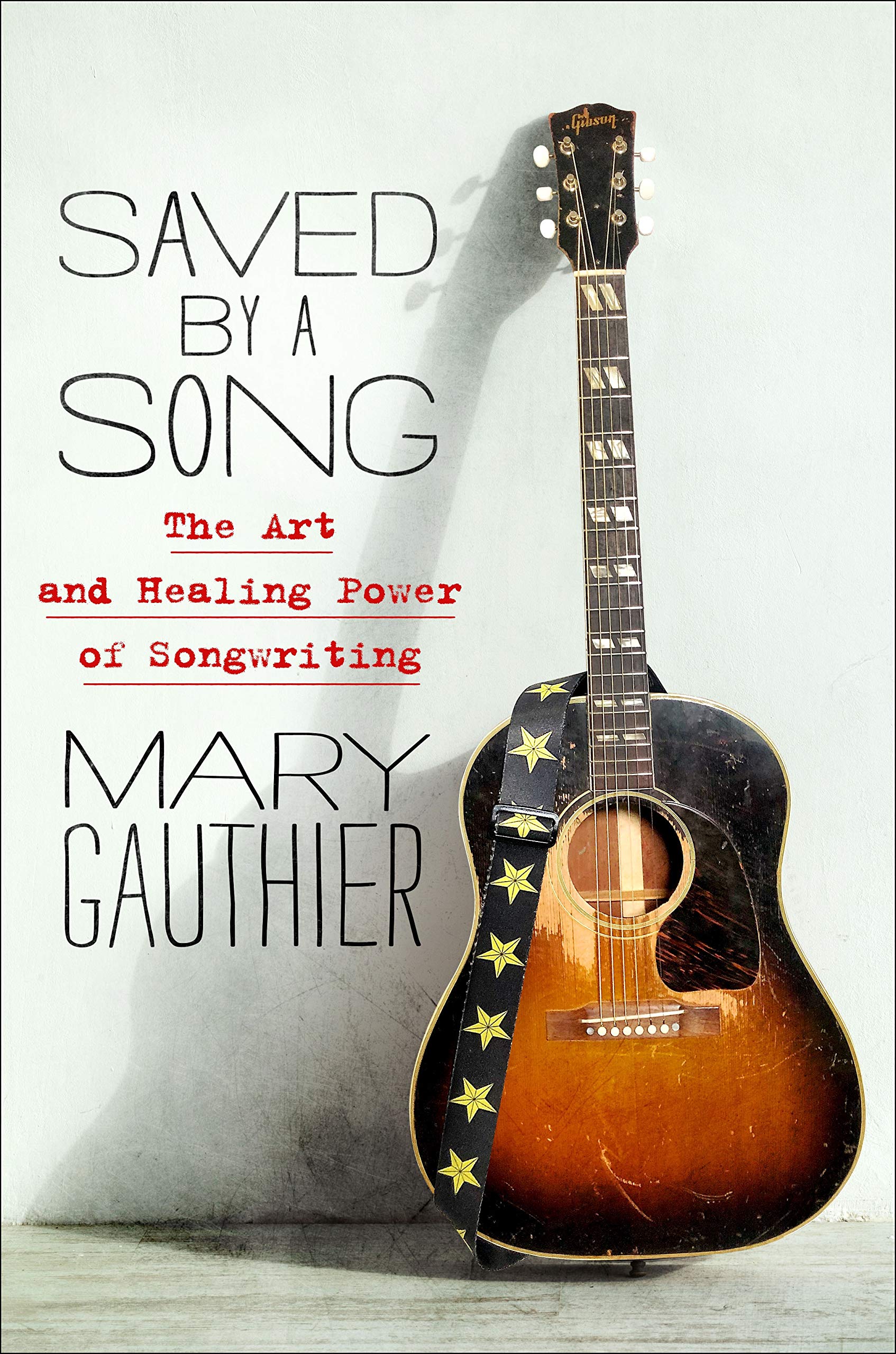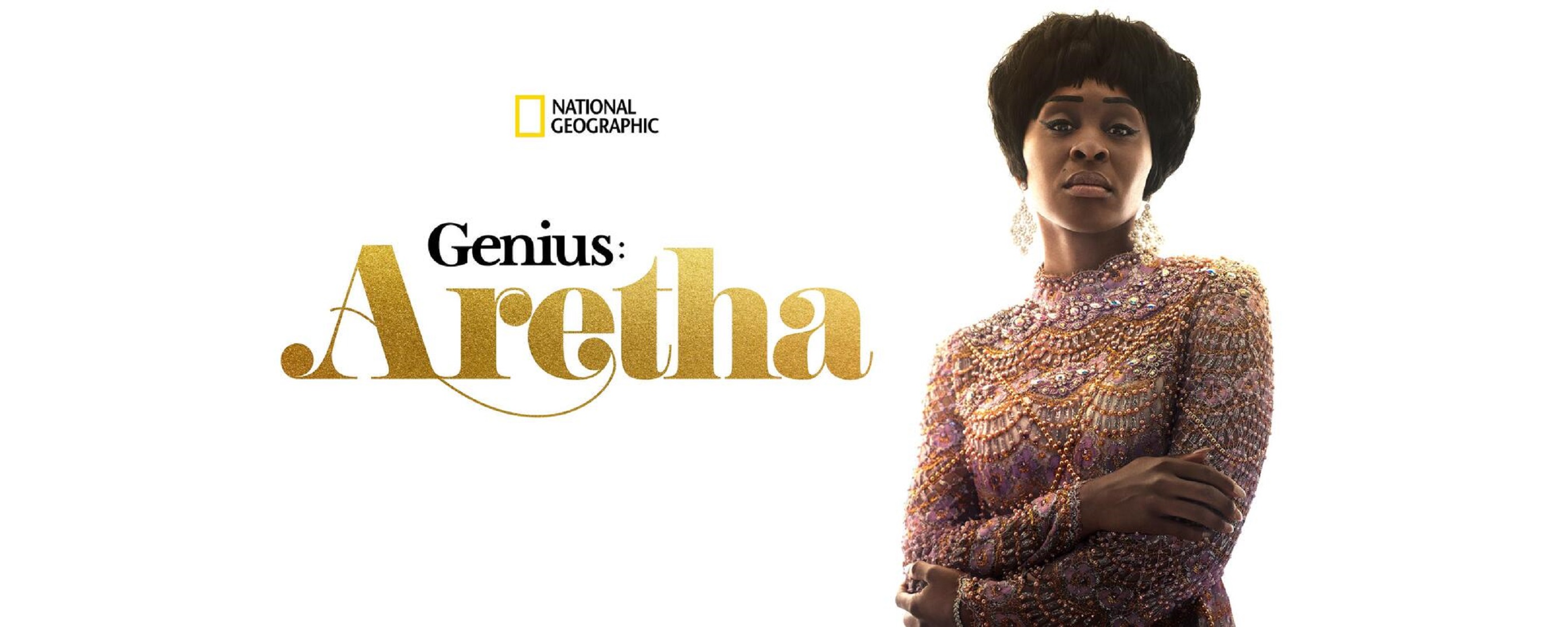My first concert was Willie Nelson in January of 1984. I was only eight years old. My mum took me as her date since my dad was sick. We trekked across town to the Universal/Gibson Amphitheatre which was later demolished for The Wizarding World of Harry Potter attraction at Universal Studios Hollywood. I remember it being cold and rainy. Regardless of the weather, Angeleno’s were decked out in their country finest. Dark denim, blinged out belts, rhinestone-embellished cowboy hats and Americana regalia filled the theatre. Both the atmosphere as well as the music were transformative even at that very young age. Marc Myers’ book, Rock Concert: An Oral History as Told by the Artists, Backstage Insiders, and Fans Who Were There takes me back to that very first concert and the many, many more I have been so fortunate to enjoy.
Myers is a music writer for the Wall Street Journal. He also wrote Anatomy of a Song. Again, his love and passion for the art is on display in his second book that provides a captivating history of five decades of rock concerts from the perspective of entertainers, promoters, producers, the crowds, etc. He brings to life the very interesting and often untold history of Black musicians and how they truly altered the industry in the late 1940’s. The account of Kay Wheeler, president of the first Elvis Presley fan club is both lovely and comical. She recalls, “One Saturday in late 1955, she (Kay’s aunt) took me and Linda to the station. Bruce Hayes, a DJ came out of the studio, saw us, and offhandedly said, I can’t believe how ridiculous this guy Elvis Presley’s name is. I protested: That’s not true. I have a fan club for him. He’s going to be the biggest thing ever. The truth is the fan club consisted of me, my sisters, and my cousin. As a gag the following weekend, Hayes played an Elvis record and then announced that if listeners wanted to join the Elvis Presley Fan Club, they should write to me, the club’s president. Then he read off my address.” Myers’ odyssey continues detailing Joan Baez’s memories of what it was like to perform at the March on Washington. However, before her account I love how Peter Yarrow from the folk group Peter, Paul and Mary relays how their roles were as activists not solely musicians on that groundbreaking day.
I particularly enjoyed the chapters focused on the late 1960’s and 70’s as that music speaks to me. Additionally, born at the end of 1976, I really feel I missed my era. Goodness, I so wish I attended the magical Monterey Pop Festival to experience legends like Janis, Country Joe & the Fish, Hendrix as well as Otis Redding. However, since the Festival has always been painted in such an ideal, glowing light I had no clue about some of the frustrations felt by artists such as Steve Miller. In his excerpt he voices that when the WHO smashed instruments at the end of their set “It felt like they had pissed on the stage, the audience, the recording equipment, and especially the whole idea of peace, love, and happiness that they tried to embrace later.” Of course, there was the incredible lineup at Woodstock highlighted brilliantly by Meyers. Yet, it’s the 1968 Sky River Rock Festival and Lighter Than Air Fair held on a raspberry farm which sounds both idyllic and perhaps even more my scene with all the hippie food vendors. I really dug all the intimate descriptions ranging from Amalie R. Rothschild, the official and only woman photographer at Fillmore East to the grueling touring schedule depicted by The Grateful Dead’s Bob Weir. The voyage is wrapped up by Myers highlighting stories from the Live Aid concerts in London and Philadelphia. Regardless of your preferred music genre, Myers’ new book is highly entertaining. Rock Concert, which will be released in November, takes readers on a journey similar to a really stellar show. It’s moving, powerful, and will leave a lasting impression.





